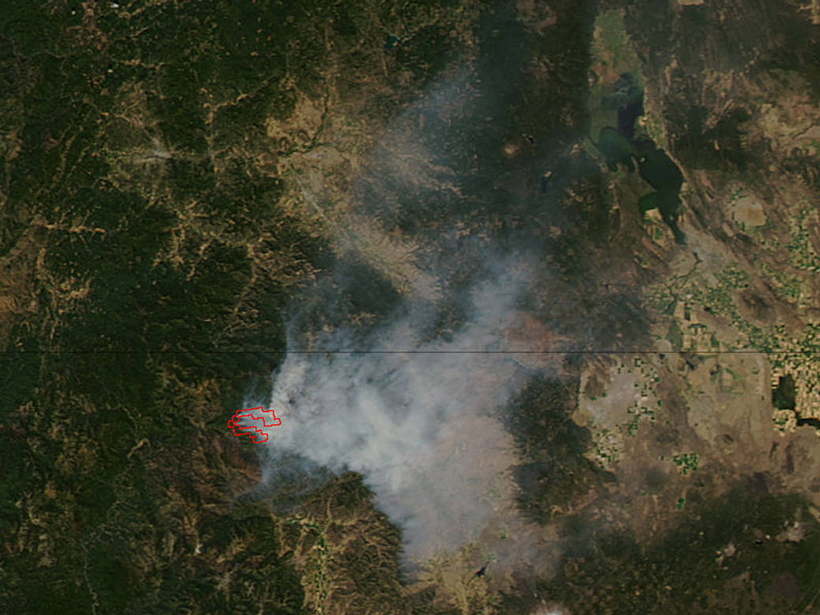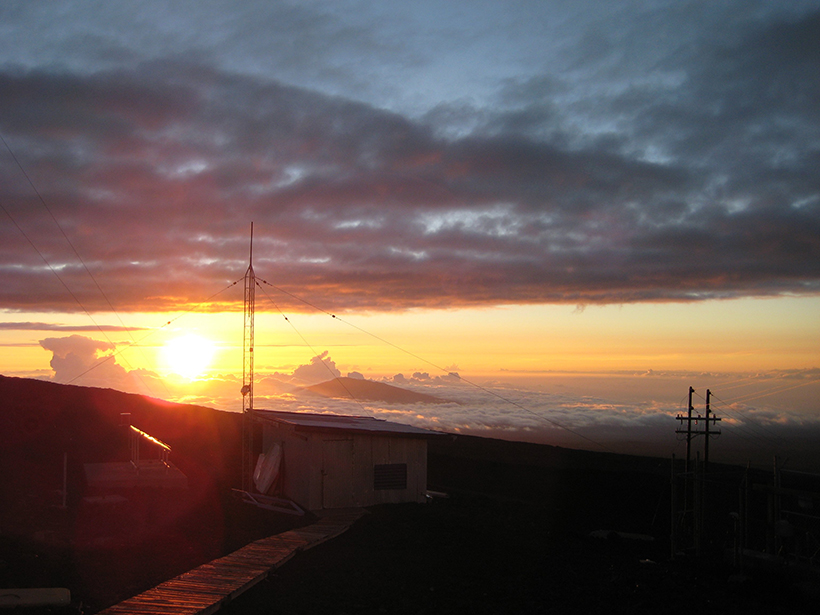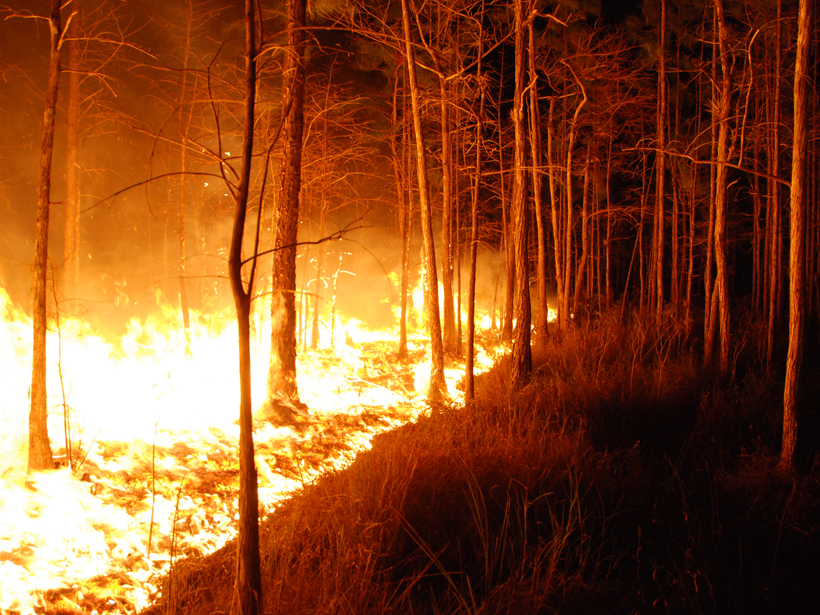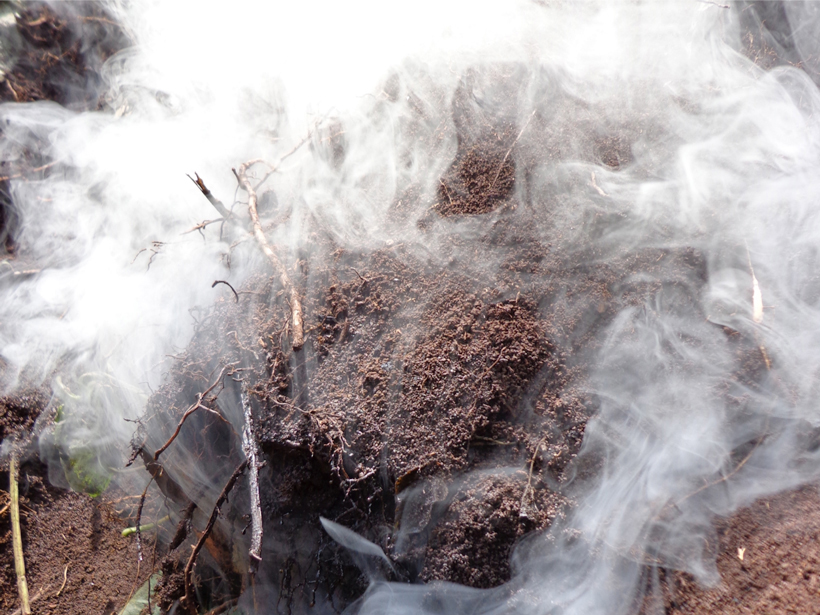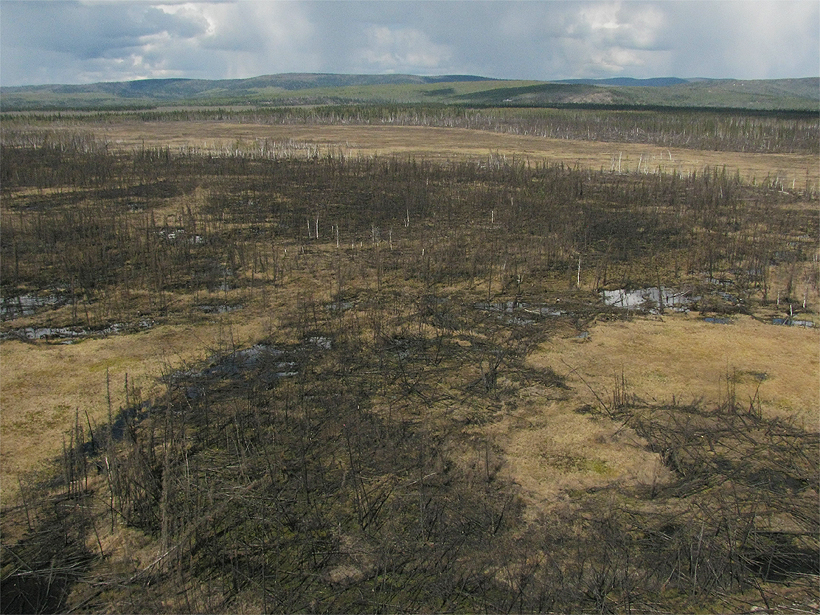The fires are stoking worries about the vast island’s thawing permafrost.
wildfires
Meteorologists Track Wildfires Using Satellite Smoke Images
Enhancements to the National Oceanic and Atmospheric Administration's decision support system give forecasters new capabilities for tracking smoke from fires using satellite data.
Smoke Signals in the Amazon
Forest fires can occur naturally, but in the world's largest rain forest, fire can signal large-scale deforestation.
Fighting Fire with Satellite Data
As climate change worsens wildfire impact, scientists use satellites to study climate-fire interactions.
El Niño Will Increase Atmospheric Carbon to Historic Levels
Tropical fires and drought-stricken ecosystems that normally serve as sinks will release carbon, contributing to high atmospheric concentrations through 2016 and beyond.
The 2015 Indonesian Fires: Less Carbon Release Than Was Thought
Preliminary results from field measurements of smoldering Kalimantan peatlands suggest that the fires emitted 8% less carbon dioxide and 55% less methane than were previously estimated from lab tests.
Paleofires and Models Illuminate Future Fire Scenarios
Advances in Interdisciplinary Paleofire Research: Data and Model Comparisons for the Past Millennium; Harvard Forest, Petersham, Massachusetts, 27 September to 2 October 2015
Soil Loses Pyrogenic Carbon by an Unexpected Pathway
Fresh insight into pyrogenic carbon disappearance suggests that erosion is not responsible.
Assessing U.S. Fire Risks Using Soil Moisture Satellite Data
NASA satellite data and models provide information for mapping fire risks nationwide, giving agencies tools for fire response, say scientists at the AGU Fall Meeting.
Alaskan Wildfires Influence Permafrost Recovery
Warming climate reduces permafrost's ability to recover following wildfires in Alaskan lowland forest.




